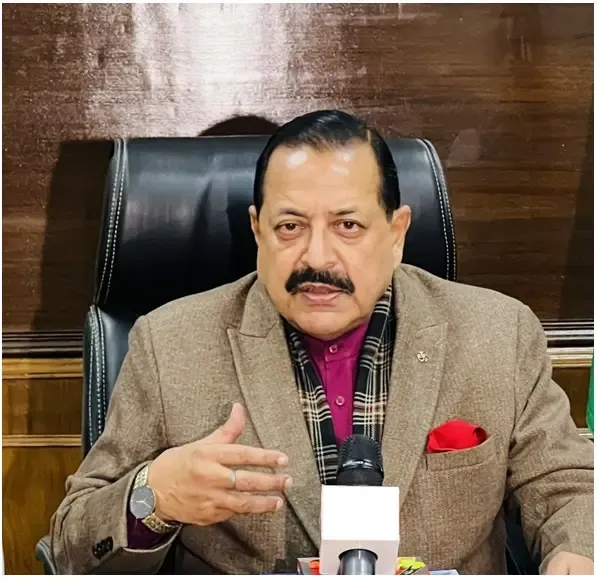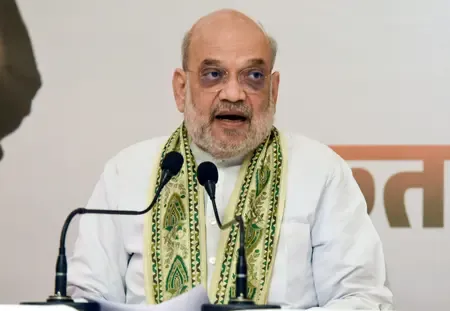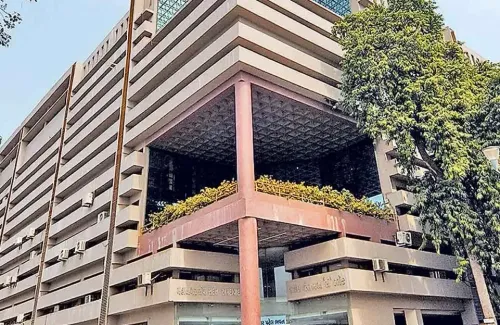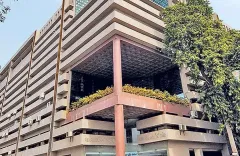ISRO's SpaDeX Mission Set to Achieve a Groundbreaking Space Docking Milestone: Jitendra Singh

New Delhi, Dec 28 (NationPress) While India has showcased its capabilities in precision landing through Chandrayaan-3, the forthcoming SpaDeX mission is set to reach a significant milestone in space docking, stated Union Minister of State (Independent Charge) for Science and Technology Dr. Jitendra Singh on Saturday.
The Indian Space Research Organisation (ISRO) plans to launch the Space Docking Experiment (SpaDeX) mission aboard the PSLV-C60 rocket, scheduled for 21:58 IST from Sriharikota on December 30.
This mission aims to dock two satellites in space, a feat that has only been accomplished by the US, Russia, and China so far.
“ISRO's year-end mission will be historic as it seeks the rare achievement of docking or merging two satellites in space,” Singh remarked, adding that “the indigenous technology employed for this mission is termed the ‘Bharatiya Docking System’.”
SpaDeX will represent a pivotal moment, demonstrating India's skill in spacecraft docking technology, noted Singh.
The success of this mission is crucial for India's future space aspirations. Docking technology will support upcoming endeavors like Chandrayaan-4 and the planned Indian space station, anticipated to be operational by 2035. It is also essential for the future manned Gaganyaan mission, slated for launch in 2026.
With SpaDeX, “ISRO will strive to dock two satellites traveling at speeds of 28,800 km/h.” Both satellites must be meticulously maneuvered to decrease their relative velocities to just 0.036 km/h.
The two satellites, SDX01 or Chaser and SDX02 or Target, will combine to create a single unit in space.
Each satellite weighs approximately 220 kilograms and will orbit 470 km above the Earth.
The mission aims to conduct precision rendezvous and docking maneuvers, validate power transfer between docked spacecraft, and operate payloads post-undocking, with a lifespan of two years.
SpaDeX will also utilize the fourth stage of the PSLV, POEM-4, for various experiments. This stage will carry 24 payloads from academic institutions and startups, taking advantage of the microgravity environment in orbit.









